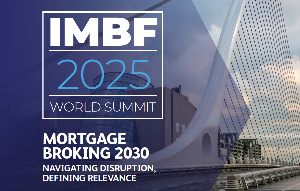
Until recently, the bank had predicted the OCR would drop to -0.5%, but the bank now believes rates will fall to -0.25%.
The cuts would still be a historic fall to negative territory, and see the unconventional monetary policy implemented here for the first time.
Economists are divided on whether a negative OCR is needed, and whether it would be effective.
The Westpac team, led by chief economist Dominick Stephens, forecasts two cuts next year, beginning in May. They believe there's an outside chance of three cuts.
Financial markets are pricing in little movement to interest rates next year, following recent pressure from the government on the Reserve Bank, and claims it has overheated the housing market.
But Westpac believes markets have overreacted. It said low inflation and unemployment pressures would likely force the central bank's hand.
"Financial markets are now priced for barely any move in the OCR next year. We disagree with that. We have run an assessment of what would happen if the RBNZ kept monetary settings unchanged next year. Inflation would be significantly lower than the forecast charted above, and would remain below 2% for much longer.
"Inflation expectations would drop even further, raising the risk of deflation. Unemployment would remain higher for longer."
The bank added: "We remain of the view that the RBNZ must deliver more monetary stimulus next year in order to stabilise inflation and employment. There remains a 5%-of-GDP sized hole in economic demand, in the shape of the devastated travel, international education and tourism industries.
"Such a huge dearth of demand was always going to be a very large drag on inflation – which was too low even before Covid struck."
Westpac's commitment to a negative rate forecast puts it in contrast with ASB. The bank believes the overheated housing market and rising business confidence will prompt a halt on OCR cuts next year.




Comments
No comments yet.
Sign In to add your comment